11 Surprising Reasons Your Favorite Health Smoothie Is Causing Bloating (and How to Fix It)
Ever blend up a vibrant, nutritious smoothie—only to feel painfully bloated an hour later? If you’ve stared at your empty cup and wondered, “How can something so healthy leave me this uncomfortable?” you’re not alone. Smoothies promise a quick boost of vitamins and energy, but sometimes our best wellness habits don’t play out the way we expect. It can feel confusing, frustrating, or downright unfair to discover that a wholesome drink leads to belly grumbles and gas. Here’s the comforting truth: every bit of digestive discomfort has an explanation, and a gentle workaround. Our bodies are beautifully unique—what fuels energy in one person may spark a little rebellion in another. In this guide, you’ll uncover the real, science-backed reasons why your favorite health smoothie might trigger unexpected bloat. We’ll break down the most common culprits—from sneaky ingredient combos to preparation quirks—and introduce you to fixes that don’t mean giving up smoothies altogether. It’s all about empowering you with practical wisdom and nurturing guidance to help you feel your best, sip after sip. Let’s demystify the smoothie-bloat connection together—because enjoying healthful habits should never require a side of discomfort.
1. Dairy Dilemmas: The Hidden Trouble with Milk and Whey

Dairy, whether from milk or whey-based protein powders, is one of the most common (yet underestimated) triggers for smoothie-related tummy trouble. While many people are aware of classic lactose intolerance, millions experience subtle sensitivities to dairy proteins like lactose and casein—often without realizing it. In fact, nearly two-thirds of adults worldwide have some degree of trouble digesting lactose, which explains why a seemingly innocent addition of yogurt, milk, or whey powder can set the stage for cramping, gas, and that uncomfortable, swollen feeling. Even seemingly “healthy” protein-enhanced blends can cause trouble if the root culprit is within the powder itself. If you regularly notice bloating after a dairy-rich smoothie—even if you don’t react to cheese or milk in other settings—your gut might be telling you it prefers something gentler. The good news? There’s no need to give up protein altogether! Swap out traditional dairy for unsweetened almond, oat, or pea milk, and consider a certified dairy-free or plant-based protein powder. With a little experimentation, you’ll discover blends that support your energy and leave digestive distress in the dust.
2. FODMAP Fruit Surprises: Why Healthy Fruits Can Betray Your Gut
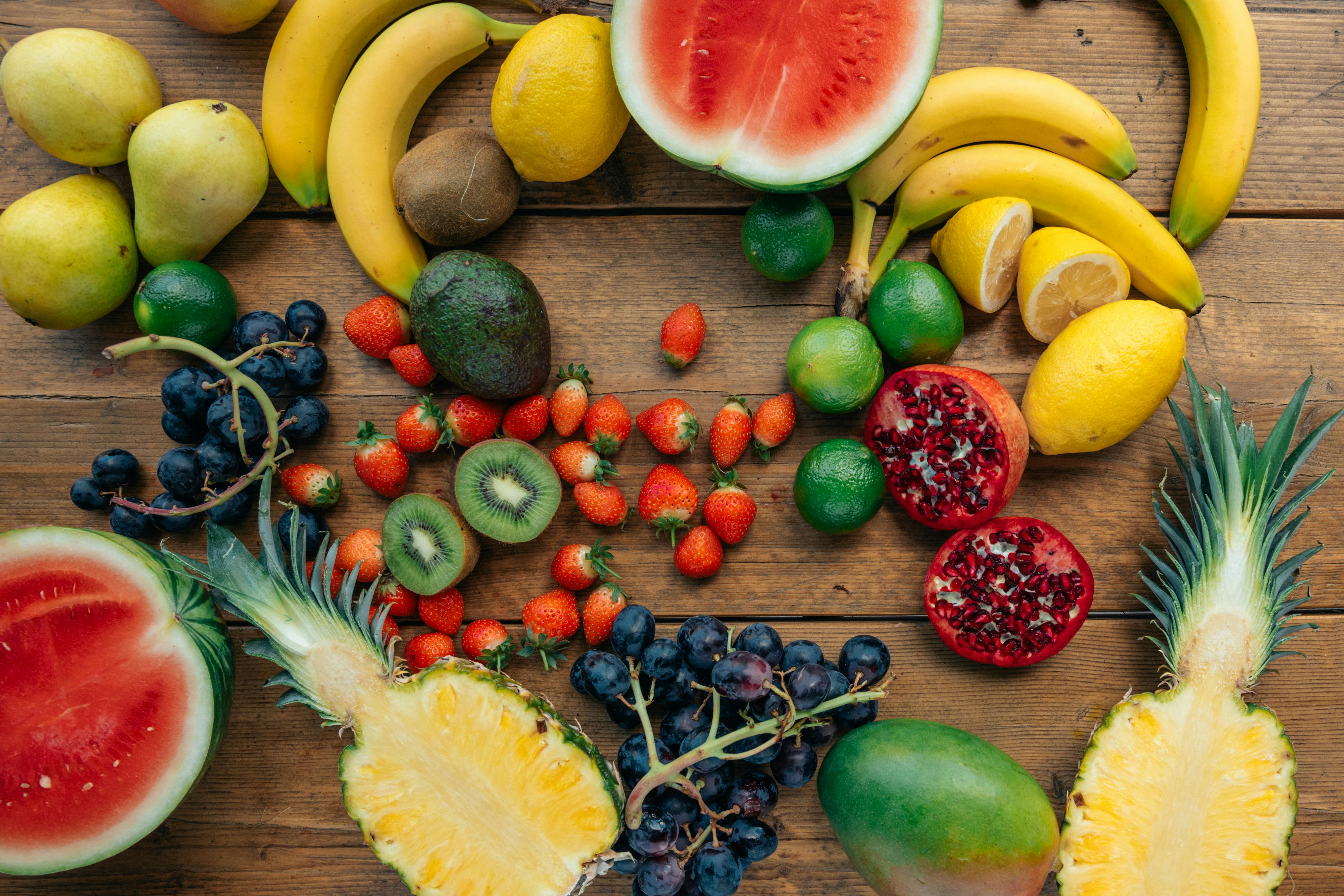
Bananas, apples, and stone fruits hold a warm spot in many smoothies—and for most, they’re a delicious source of natural fiber and sweetness. But for 10-15% of adults, these fruits are high in FODMAPs, a group of sugars that can feed gut bacteria and trigger gas, bloating, or cramping. Ripe bananas, often tossed in to add creamy texture, are especially high in fructans. The result? What should be a gentle start to your day sometimes leads to a rumbly, unsettled belly instead. If you find your stomach protesting after eating these fruits, try swapping them out for low-FODMAP ingredients like kiwi, pineapple, or berries. These alternative fruits provide sweetness without the digestive downside and bring a fresh twist to your blend. Remember, no smoothie should make you feel punished for being healthy—your gut deserves choices that make it happy, too.
3. Sugar Rush & Fiber Overload: When More Isn’t Better
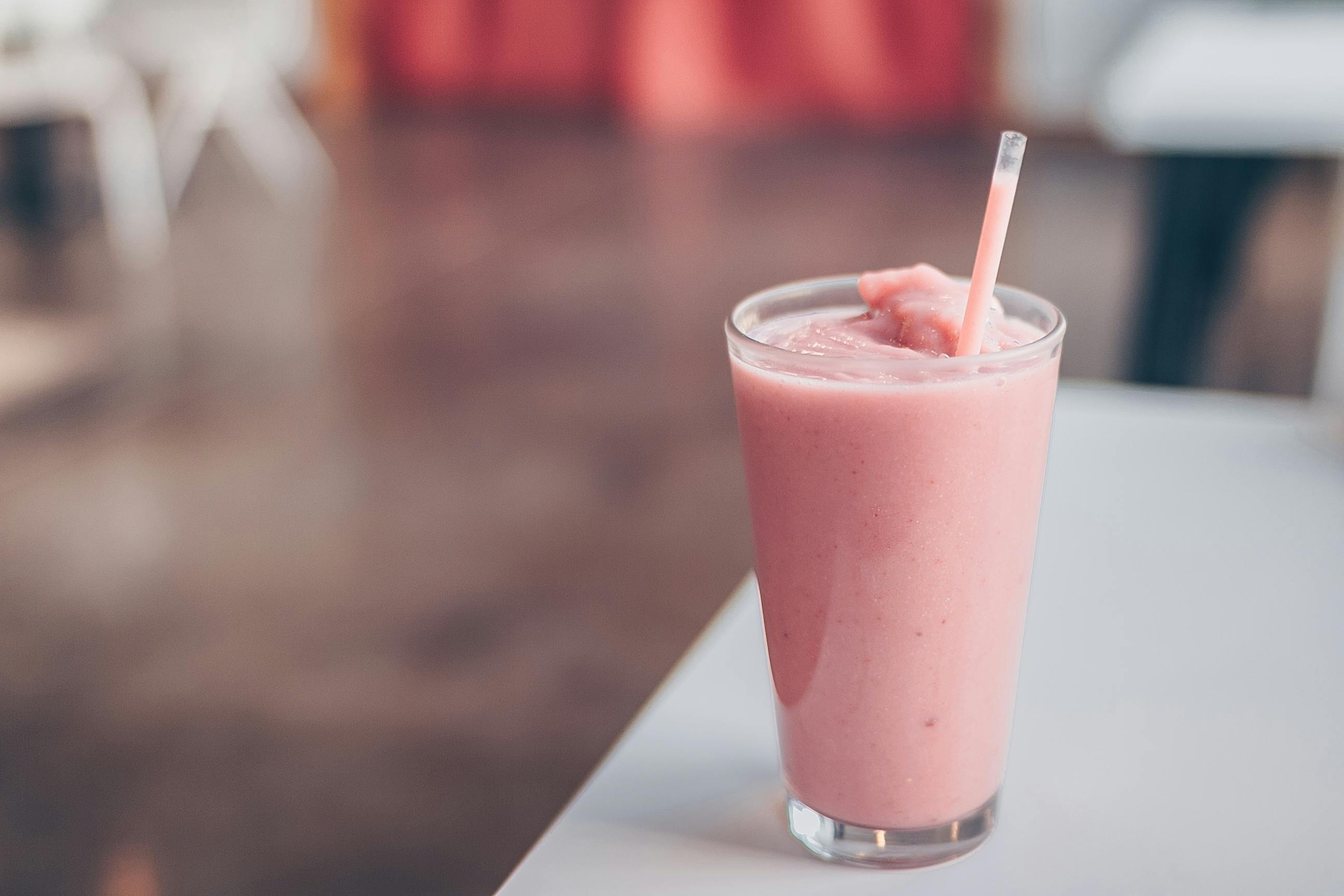
It’s easy to fill your blender with multiple servings of fruit and pack in extra nutrition, but here’s the honest reality: too much of a good thing can overwhelm even the healthiest digestive system. Commercial smoothies, and even some homemade blends, can sneak in more than 50 grams of sugar in a single cup—enough to rival or exceed the sugar content in soda. Combine that with a fiber overload, and your gut bacteria work overtime, often creating excess gas and discomfort. Your blood sugar can spike, only to crash soon after, leaving you tired and bloated. Instead of loading up on every fruit in sight, try building balanced smoothies featuring moderate fruit, a scoop of protein, and a source of healthy fats. Think half a banana, a handful of berries, some Greek-style yogurt or plant-based protein, and a few almonds or chia seeds. Smaller portions not only feel better on your stomach, they keep you fuller longer—making your nutritious habit truly work for you.
4. Artificial Additives: The Sweeteners That Stir Up Trouble

Ever reach for a “sugar-free” smoothie ingredient, thinking it’s the healthier choice? You’re not alone—but your digestive tract may tell a different story. Artificial sweeteners like sucralose and aspartame are common in protein powders and commercial drinks, but emerging research links these additives to changes in gut bacteria, slower digestion, and a not-so-kind increase in gas and bloating. For some, symptoms come on within an hour and can linger for the rest of the day. If you’re sensitive to these additives, try making your own blends at home using unsweetened milk alternatives and relying on the natural sweetness of fruit in small amounts. If you like a touch more flavor, add a drop of pure stevia or a dusting of cinnamon. Even a little squeeze of lemon can brighten the taste without inviting digestive drama. Sometimes, simple is truly sweet enough.
5. Protein Powder Pitfalls: When Purity Matters Most
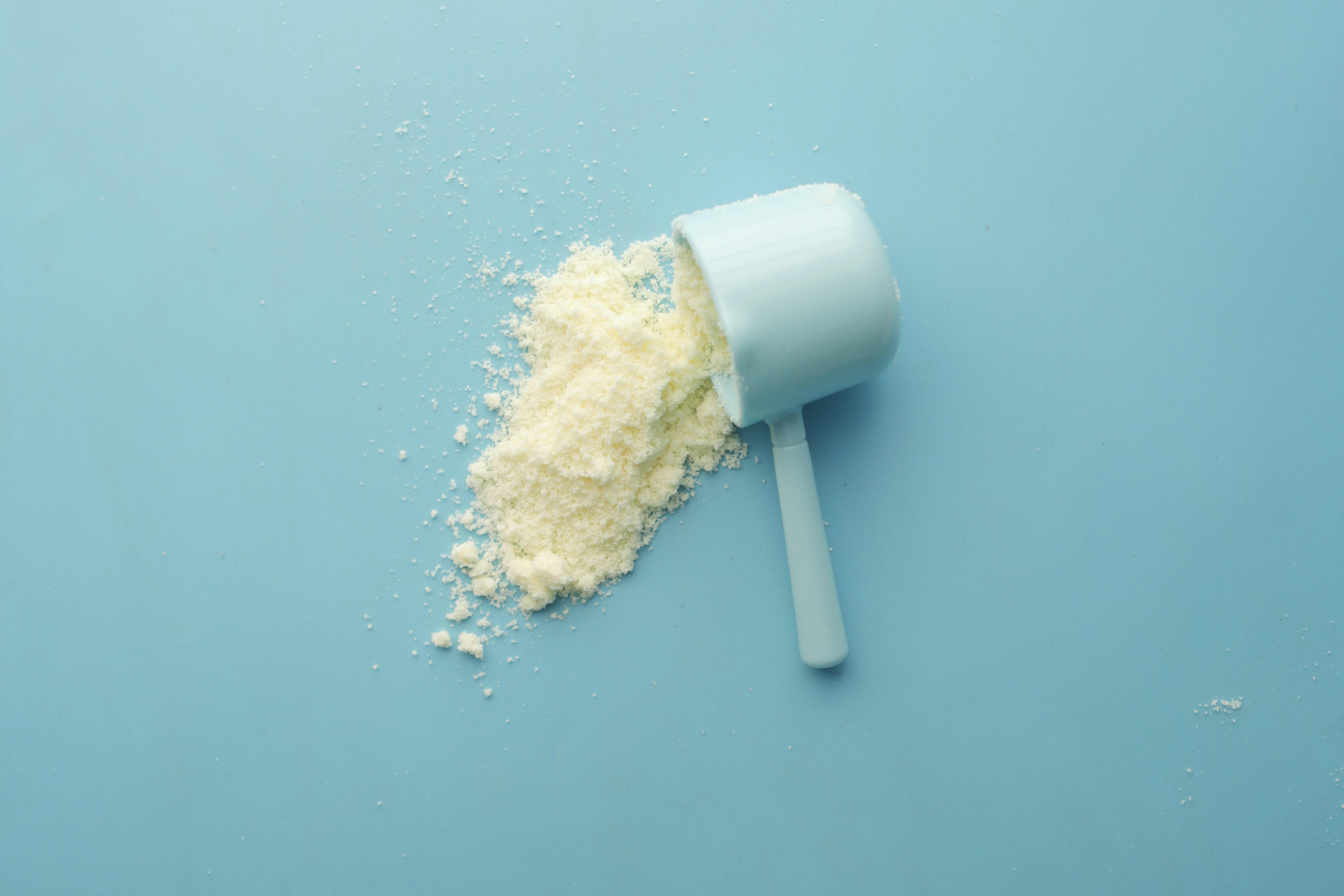
Protein powders are a go-to for boosting energy and muscle repair—but not all are created equal when it comes to digestion. Some whey protein isolates and highly processed soy blends include artificial flavors, thickeners, and even hidden sweeteners that can upset your stomach. That dreamy vanilla or chocolate shake could contain dozens of ingredients you’d never guess, many of which challenge your gut’s ability to process them smoothly. For those with sensitive tummies, the solution often lies in going back to basics. Choose plant-based powders featuring pea, rice, or hemp proteins, ideally with only a handful of ingredients and no added flavors (unless naturally derived). If a minimalist ingredient list and gentle blends don’t leave you feeling lighter, your body may do best with whole foods for protein—like a scoop of Greek yogurt (if you tolerate dairy) or a spoonful of nut butter.
6. Super-Sizing It: Portion Size Problems
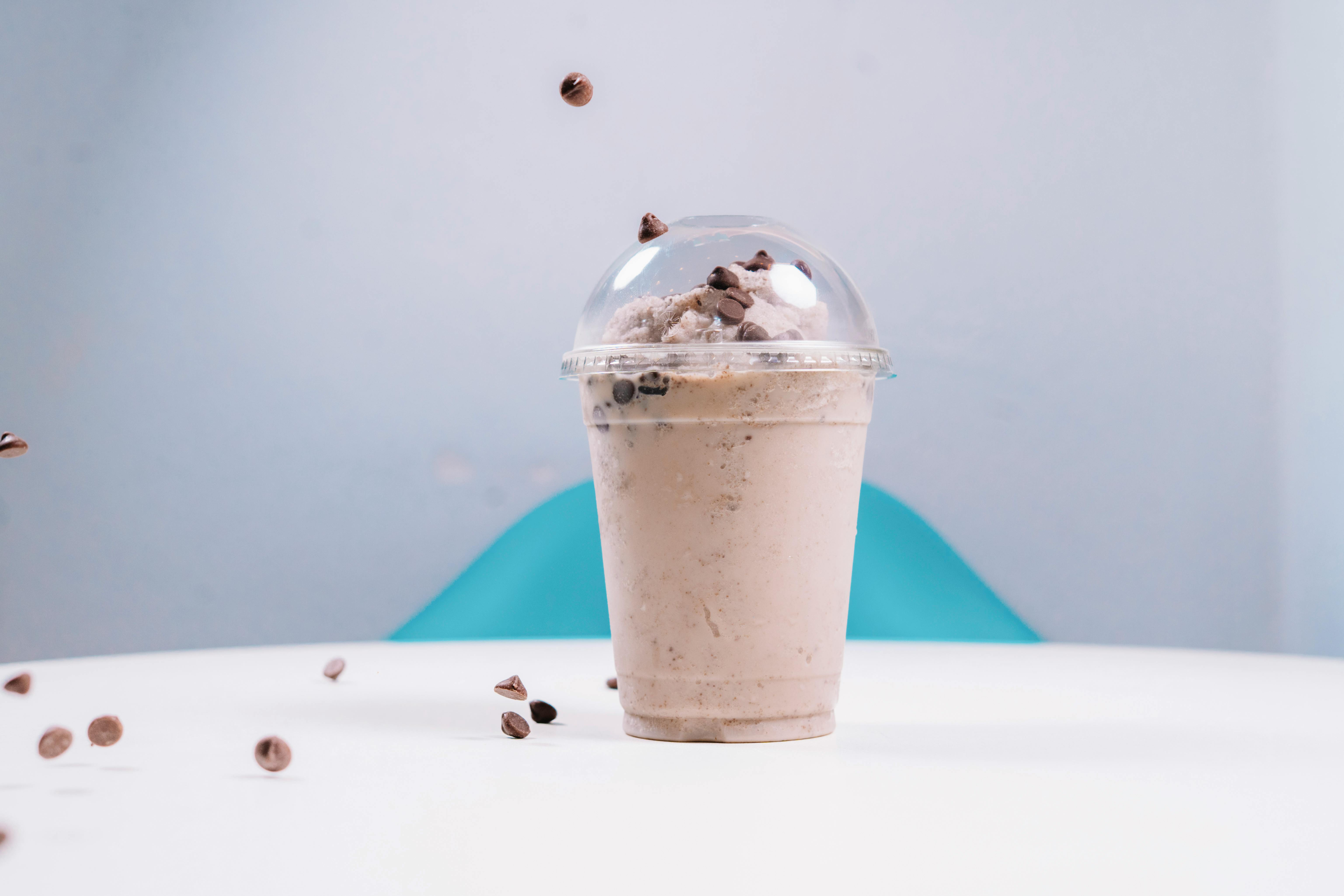
It can be tempting to think, “If a little is good, a lot must be even better!” Unfortunately, smoothies concentrate multiple servings of fruit, leafy greens, and extras into one tall cup—meaning your body faces a flood of nutrients and fiber all at once. Dried fruits or dense mix-ins make it even easier to overdo it. Instead of delivering steady energy, a mega-smoothie overloads your digestive system and can leave you feeling distended or sluggish. When it comes to smoothies, portion control can mean the difference between a comfortable pick-me-up and uncomfortable bloat. Start with a smaller glass and savor your blend, or split a large batch over a couple of snacks during the day. Listening to your body’s signals and respecting its limits always pays off—sometimes, less really is more.
7. Blending Blues: Fiber Modification and Satiety Loss
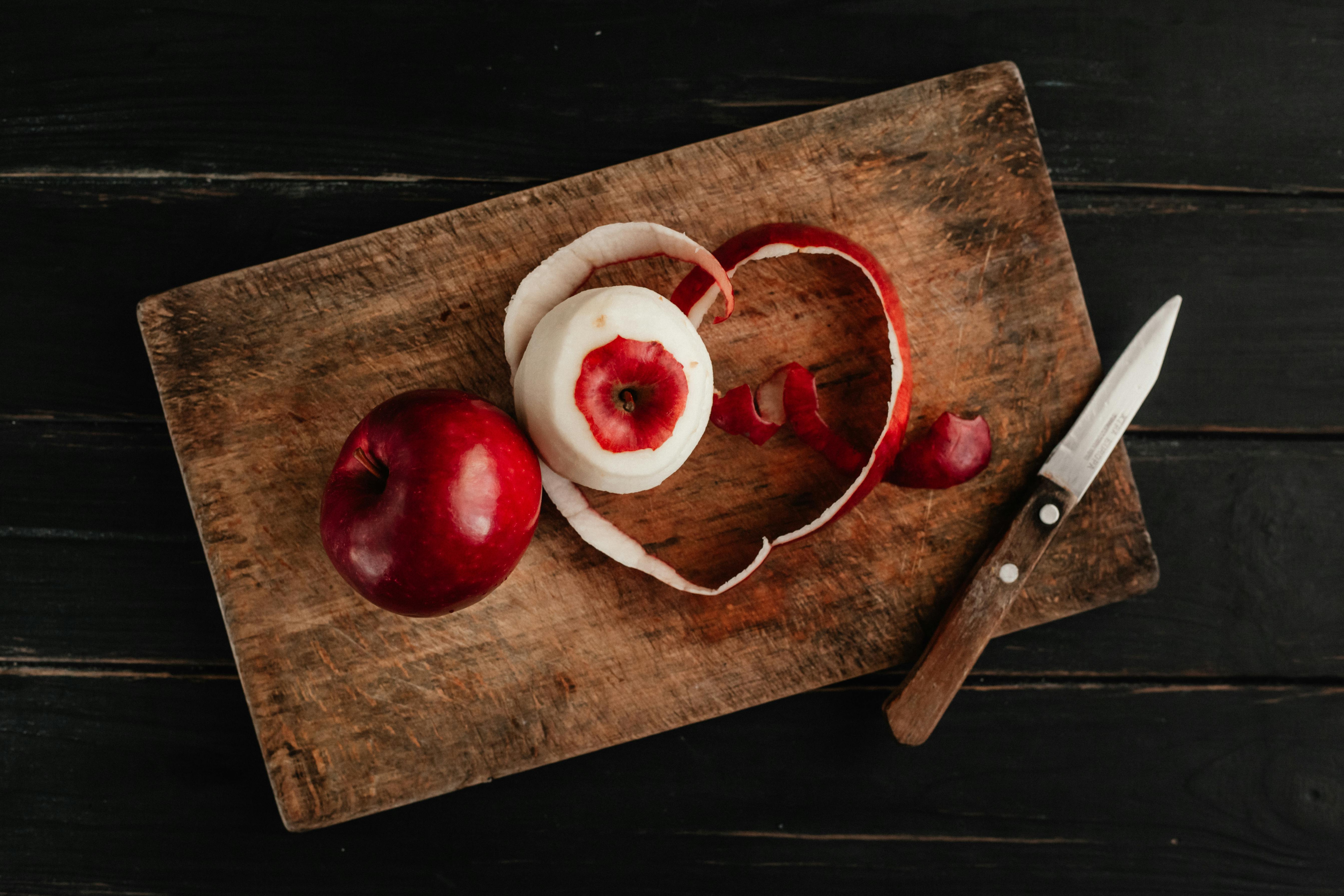
Blenders are miracle workers for fast breakfasts, but the way they break down fruits and veggies changes how your gut processes them. Removing peels or using pre-juiced ingredients strips away soluble and insoluble fibers that naturally slow digestion, leading to smoother, but less satisfying smoothies. Even when you keep the fiber, the ultra-fine texture can reduce how full you feel—making it easier to drink more than your gut can handle at once. Whenever possible, blend whole fruits (skins and all, if edible and well-scrubbed). This keeps the layers of fiber intact, supporting steady digestion. Avoid using only fruit juice as a base; opt instead for water, whole milk alternatives, or even cooled herbal tea. These choices nourish your digestive system and help minimize that all-too-familiar balloon feeling.
8. Too Fast, Too Soon: How Consumption Speed Affects Your Belly

It’s easy to gulp down a smoothie on your way out the door—but your digestive system prefers a more relaxed pace. Drinking a large volume quickly doesn’t allow time for your body’s natural enzymes and stomach acids to break down nutrients efficiently. The result? Food lingers in your gut longer than it should and begins to ferment, leading to gas and bloating. Instead, treat your smoothie more like a meal than a drink. Sip it slowly and “chew” each mouthful a couple of times before swallowing. This practice signals your digestive system that nourishment is coming, jumpstarts helpful enzymes, and lets your body keep up with the nutrition you’re delivering. It turns a rushed routine into a moment of mindful self-care—one that leads to far better comfort and satiety.
9. Combo Confusion: Ingredient Interactions People Miss
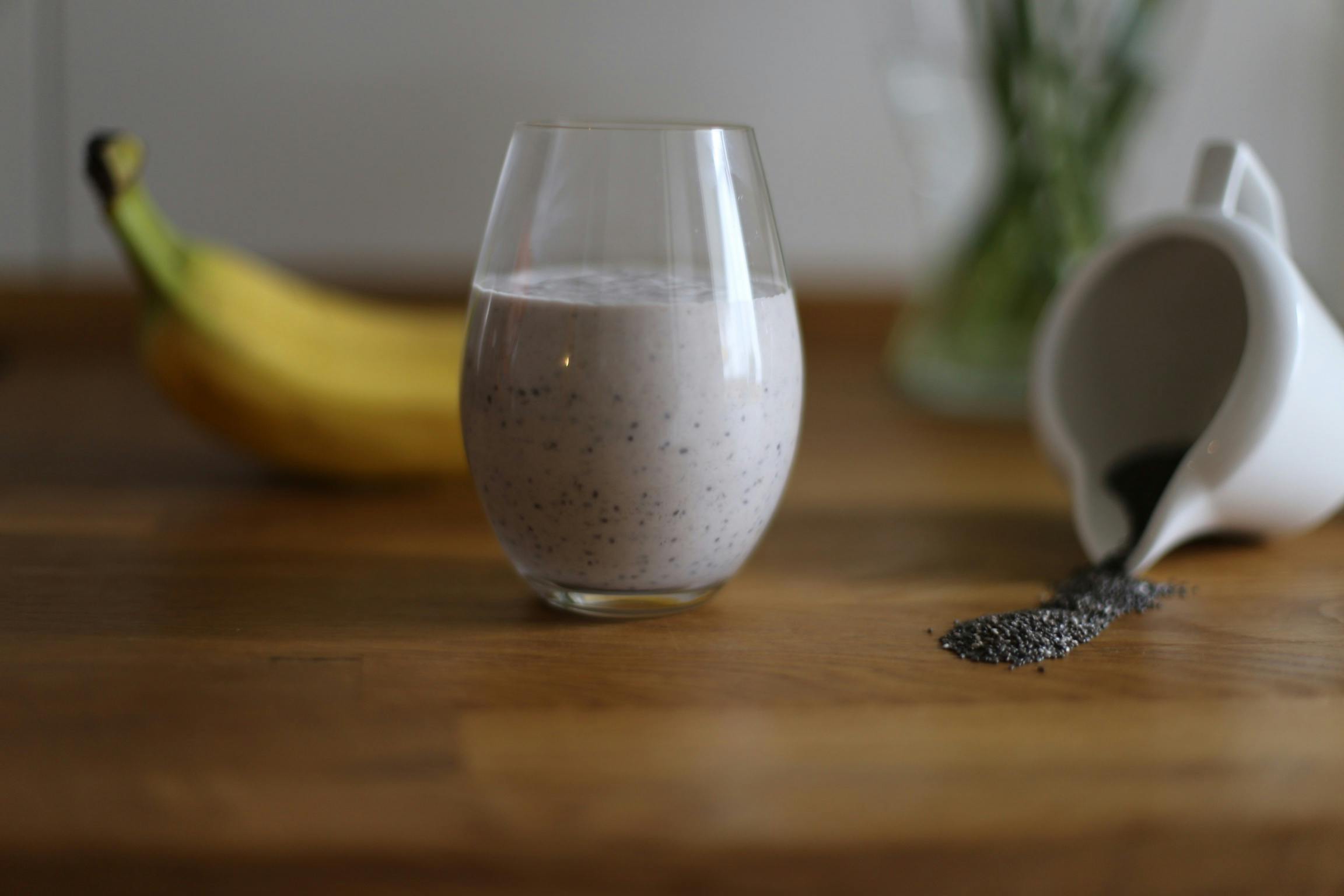
Sometimes the culprit behind your post-smoothie bloat isn’t a single ingredient, but the way you combine them. High-fat, high-fiber, and high-protein items together can create a conflicting digestion challenge, leading to slower gastric emptying and more gas. For example, blending peanut butter, banana, protein powder, and heavy milk all at once could make your gut struggle to process the meal efficiently. Embrace the beauty of simplicity. Limit each smoothie to three or four main ingredients, or separate heavy protein/fat blends from high-fiber ones across different meals. Your body thrives on routines it can recognize and handle. Play around with combinations, take notes on what feels best, and trust that every small adjustment is a win along your wellness path.
10. Temperature Traps: Are Cold Smoothies to Blame?
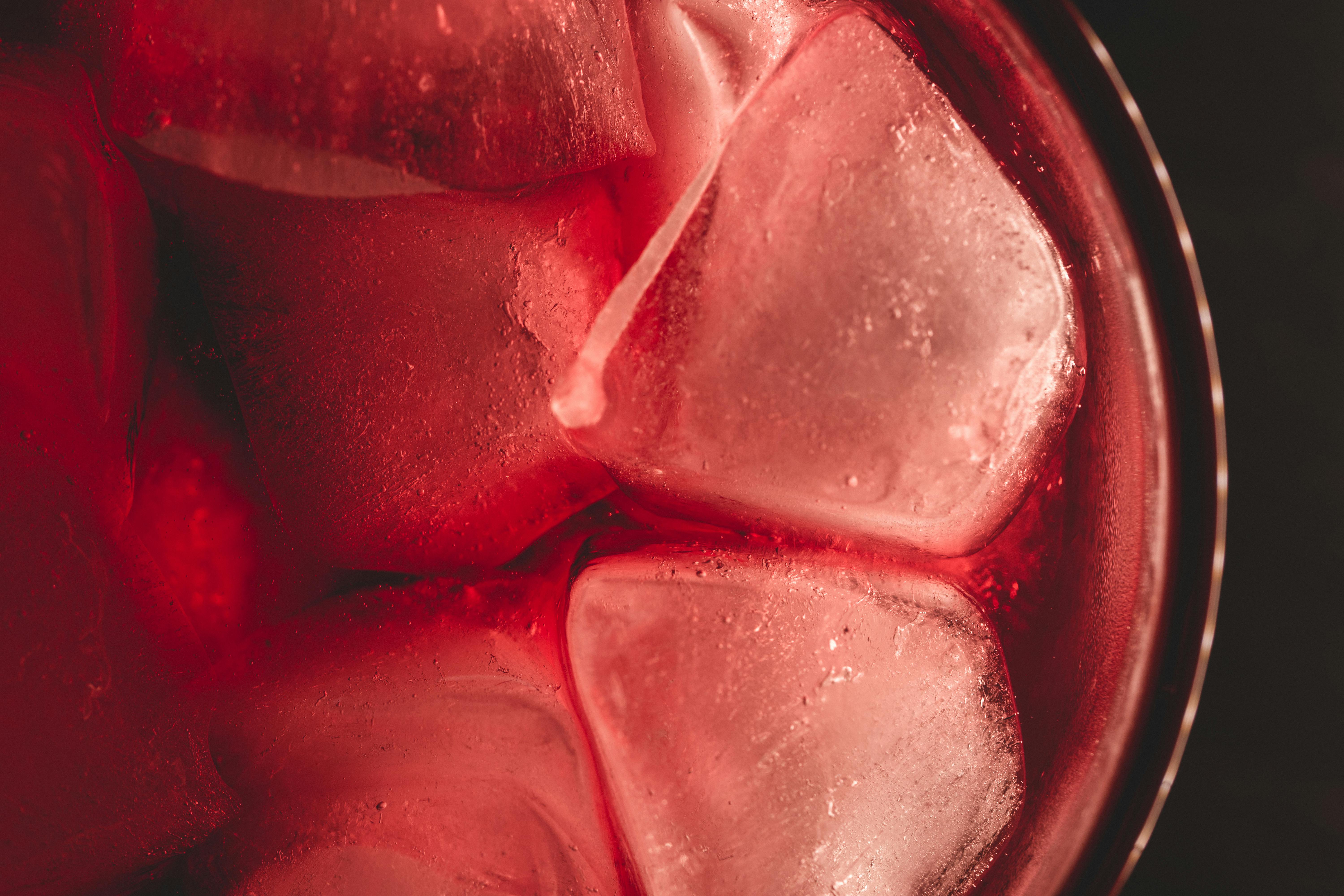
That icy, refreshing smoothie may be part of your morning ritual—but for some, very cold drinks can signal the digestive tract to slow down. Cold constricts, while warmth opens things up. If you notice more persistent bloating or a sluggish belly after particularly chilled drinks, temperature could be the hidden trigger. Consider letting your smoothie sit for a few minutes or blending with ingredients that aren’t straight from the freezer. Room temperature or gently chilled smoothies can be just as satisfying and a lot easier on your system. Remember, the goal is comfort—so find the blend and temp that makes your body happiest, rather than following a trend.
11. Underlying Digestive Issues: When Smoothies Aren’t the Only Culprit

Sometimes, even well-planned smoothies lead to discomfort because of deeper, underlying digestive concerns like SIBO (small intestinal bacterial overgrowth), IBS (irritable bowel syndrome), or low stomach acid. In these cases, smoothies aren’t really the enemy—they’re just highlighting a sensitivity already present in your digestive system. It’s easy to feel discouraged, but recognizing this dynamic is a huge step toward living more comfortably. If you regularly feel bloated no matter how you tweak your blends, consider keeping a food and symptom journal and reaching out to a trusted healthcare provider for deeper troubleshooting. Small changes—like ingredient swaps or timing adjustments—still bring relief and make smoothies a better fit. You deserve to feel confident and cared for, no matter your wellness history.
Honor Your Gut: Craft a Smoothie Routine That Truly Nourishes
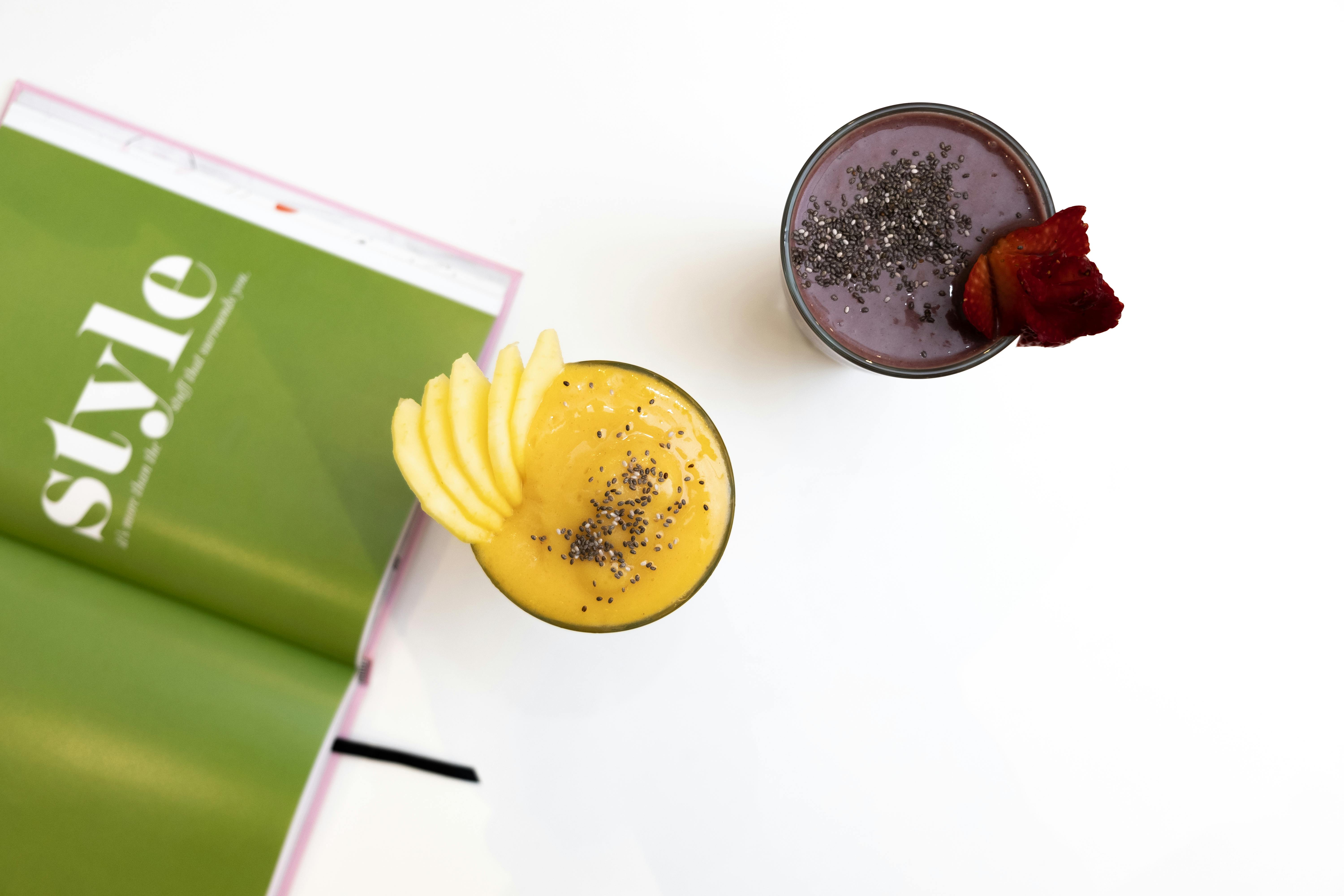
There’s a special kind of satisfaction in taking charge of how you feel, especially when it comes to nourishing routines like smoothies. If a favorite blend has ever left you with a bellyache, know that you’re not alone—and you’re certainly not failing at healthy living. Everybody has quirks, preferences, and needs that change over time. By listening to your gut, experimenting with ingredients, and making patient, sustainable tweaks, you honor the wisdom your body holds. Remember, wellness doesn’t require suffering or discomfort. It thrives on curiosity, gentle adaptation, and truly enjoying each nourishing choice—without shame or rigid rules. If you try one or two adjustments and feel improvement, celebrate that progress! Keep a journal, share tips with friends, and be proud of the journey you’re on. The goal isn’t perfection; it’s comfort, confidence, and feeling energized inside and out. Each blender session is a new opportunity to support both body and spirit. So blend boldly, sip gently, and discover the smoothie routine that brightens your day—and your digestion—one delicious step at a time.